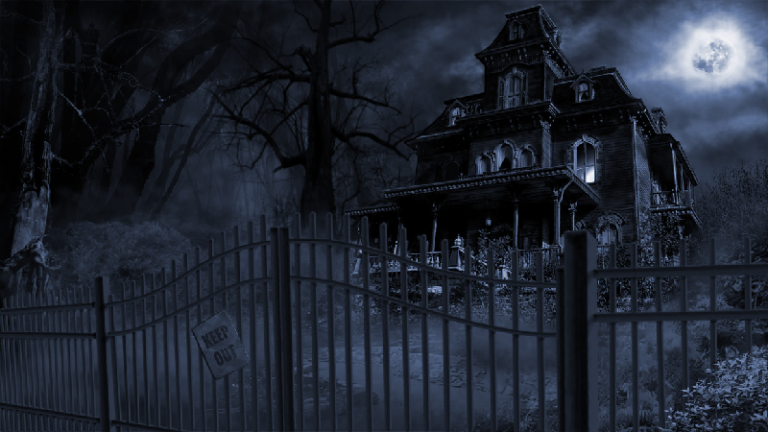It’s just before 8 on a summer morning and downtown Durango, Colorado, is barely stirring. A few tourists wander the sleepy streets with steaming cups of coffee, all heading toward a dark plume of smoke billowing over the old brick buildings. As I join them, a shrill whistle cracks the quiet. Heeding the warning, we quicken the pace and move toward the smoke, the noise and pending departure.
Most tourists up this early are probably heading to the station, where the Durango & Silverton Narrow Gauge Railroad train leaves twice each morning during the season for the 45-mile run to Silverton. Rail journeys are one of life’s sweet spots, and the trip up a rugged river canyon into the San Juan Mountains ranks up there with the best.
But there’s more here than steam-powered locomotives. The landscape is more high-desert than alpine. Durango is quintessential Colorado, a small-town setting offering a taste of big-city culture minus the traffic jams and crowds. Driving through, it’s soon clear why Durango frequently shows up on those “best places to live” lists. It’s pretty and easily navigated. And a river runs through it.
Like many small Colorado towns, Durango slows down in winter. But by May the Animas River twists itself into a wild watercourse for river runners, flowers bloom along the biking and hiking trails, and the town transforms into a warm-weather mecca for outdoor adventure. For the next five months, rodeo, beer festivals, art shows, bicycle races, live theater, coffee festivals, Oktoberfest and more fill the calendar. But life wasn’t always so orderly here.
Founded in 1880, Durango was, for many years, as observed by humorist Will Rogers, “out of the way and proud of it.” Its colorful history is packed with Wild West antics: shootouts and robberies, saloons and brothels, and other assorted mischief. Durango was a Saturday night town for cowboys, ranchers, miners, scoundrels and anyone with a paycheck in his pocket.
Nowadays, the town is tamer, but much remains from those frontier times. The historic district is filled with Victorian buildings in several classic styles, its brick and sandstone architecture now home to restaurants, coffee houses, art galleries, brewpubs, and one of the state’s best little bookstores, Maria’s Bookshop. But stroll the streets and squint just a bit while admiring the fine brickwork and decorative flourishes, and it doesn’t take much to imagine how the place looked before T-shirt shops and knickknack boutiques arrived, back in a time when men walked through town with guns at their sides.
Durango is proof that small towns can have culinary aspirations beyond fast-food joints and chain eateries. Ken and Sue’s on Main Street has been a dining hotspot for many years, enticing locals and visitors with an extensive wine list and diverse entrees like pistachio nut-crusted grouper and Thai shrimp. Just off Main Street, Cypress Café is an oasis of Colorado-inspired Mediterranean fare, with dishes ranging from dolmas and moussaka ravioli to stuffed poblano pepper with dried fig, fontina cheese and sundried tomato cream sauce.
With four craft breweries producing an artful array of pale ales, porters, stouts, pilsners and other specialties, Durango has earned its place on the national beer-brewing map. They take beer seriously here, and there’s no better place to experience the town’s brew culture than at Carver Brewing Company. Seated on the sunny patio, I order a sampler plate of suds with my lunch. The Saturday midday rush is over and owners Michael Hurst and Aaron Seitz drop by to discuss craft beer making and survival in a small town.
After an hour with these guys I’m convinced that the art of brewing beer rivals the complexity of winemaking. Sipping my way through their sampler menu is like a journey through a fruit market as I taste hints of grapefruit, banana, raspberry, black cherry and peach. With more than 85 different beers offered throughout the year at Carver alone, there’s little chance that beer aficionados will get bored.
Each Saturday morning from May through October hundreds of locals pour into the parking lot of the First National Bank where the enticing aromas of fresh-baked goods, hot coffee and breakfast burritos mingle with the scent of flowers, herbs and handmade soaps. Along one side a jazz band dishes out cool rhythm. The Durango Farmers Market is in full swing.
This popular weekend ritual embodies the town’s community spirit. The Durango Farmers Market is committed to locally grown and produced goods, and everything at the market has been made in the Four Corners area. Vendors such as High Desert Foods use all organic ingredients and locally grown products whenever possible to create decadent delicacies like apricot amaretto muffins, strawberry rhubarb pie and deep chocolate pound cake.
But its biggest draw may be the ambience; the market feels like a neighborhood block party. Friends meet for coffee and pastries before perusing the stands for artisan cheeses, fruits and vegetables, honey, flowers and herbs, baked breads and desserts, wool clothing, tamales and other enticements. Each week a live band plays through the morning. The resulting blend is pure Durango, and there’s no better place to experience the close-knit community vibe. This is small-town Colorado at its best.
With the nearest interstate highway more than 160 miles away, Durango still feels “out of the way and proud of it.” Life is slower here, and the beauty of the surrounding country has enticed many a visitor to linger, play and explore a piece of Wild West history. A few return and stay for good. The rest of us count ourselves lucky just to drop by for a visit.
If You Go
For more information on Durango, Colorado, go to durango.org, or call 970-247-3500.
Check out more articles and videos on travel in Durango.


